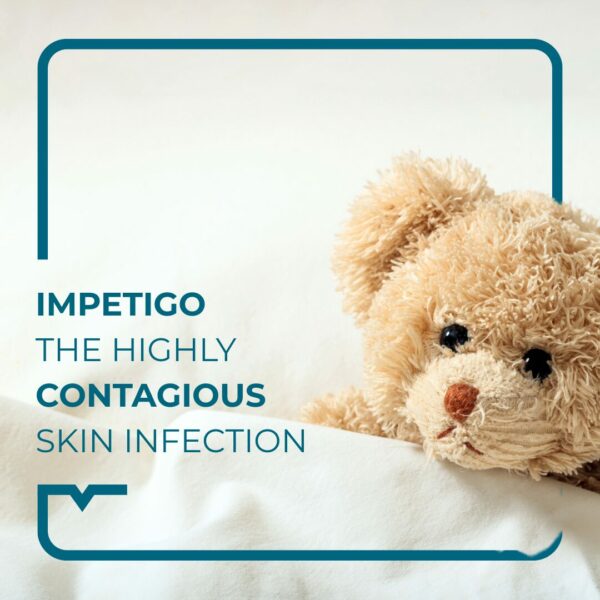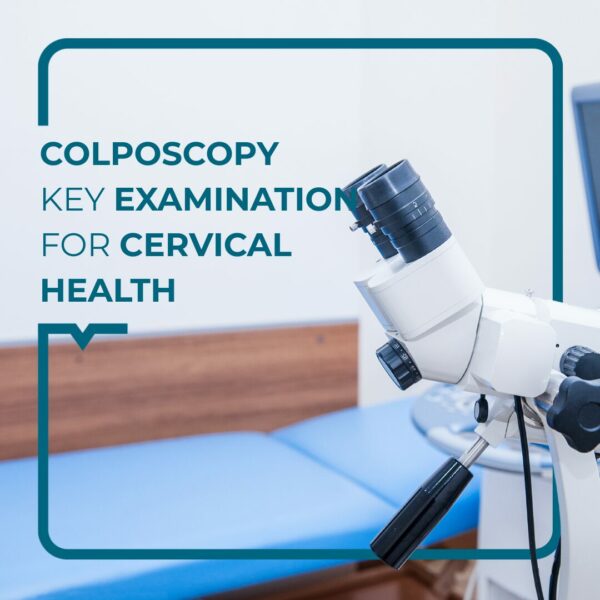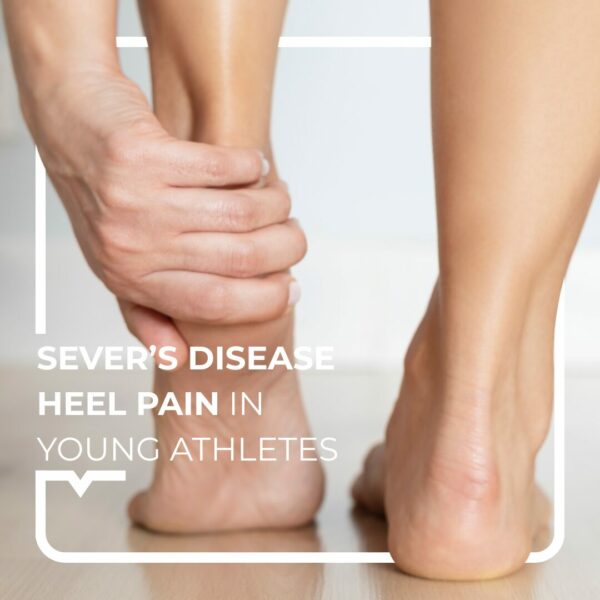Filipa notices small red sores appearing on her younger brother’s face, mainly around his nose and mouth. These lesions, often covered with a hard, golden or honey-coloured crust, seem itchy. It’s impetigo, a very contagious skin infection that spreads easily, especially among young children.
But what exactly is impetigo? What causes it, and how can it be treated?
Hello, I’m Dr Joy!
In this article, we’ll explore the key facts about impetigo, a mostly mild skin condition, by detailing its symptoms, different types, and the available medical treatments and hygiene measures.
I – What is impetigo?
Impetigo is a highly contagious skin infection caused by bacteria multiplying in the epidermis (the outer layer of the skin). It is usually due to Streptococcus pyogenes (streptococcus) or Staphylococcus aureus (staphylococcus aureus). In most European countries, Staphylococcus aureus is responsible for the majority of cases.
Although impetigo can occur at any age, it is most common in children aged 2 to 5 and tends to appear more often in summer.
The infection starts when bacteria enter the skin through a cut, scratch, insect bite or rash. It may also occur following skin conditions such as eczema, chickenpox, scabies or head lice.
II – Symptoms and types of impetigo
Impetigo appears as small sores on the skin. Common symptoms include:
- Red sores surrounded by irritated skin.
- Blisters filled with yellowish or orange fluid.
- Golden or honey-coloured crusts.
- Itching around the lesions.
- Swollen lymph nodes near the affected area.
Lesions usually develop on the scalp, buttocks (in children), face, especially around the nose and mouth, arms and legs.
The three main types of impetigo are:
- Non-bullous (crusted) impetigo: The most common form, with small sores that develop golden crusts. It mostly affects young children aged 2–6 and may cause swollen lymph nodes.
- Bullous impetigo: Less common, mainly affects infants. It presents as soft, fluid-filled blisters that burst and form crusts. It is even more contagious than the crusted type.
- Ecthyma: The most severe form, affecting deeper layers of the skin. It causes painful ulcers with pus and dark crusts, which take longer to heal and may leave scars.
III – Treatment and prevention
Treatment should be prescribed by a paediatrician or dermatologist, aiming to control the infection and prevent its spread.
1. Hygiene measures
Impetigo spreads easily through direct contact with sores or contaminated objects (towels, bedding, toys, etc.).
During treatment, it is essential to:
- Cover sores with dressings or clothing.
- Avoid scratching or touching the lesions.
- Wash hands frequently, especially after touching the infected areas.
- Avoid sharing personal items (towels, clothing, bedding).
- Keep children’s nails short and clean.
- Keep the infected child at home for the first two days of treatment.
Gently wash affected areas with water and mild soap several times a day to soften and remove crusts before applying medication.
2. Topical antibiotics
For mild infections, doctors usually prescribe topical antibiotic ointments, such as mupirocin or retapamulin, applied 3–4 times a day for 5–7 days. These help the skin heal faster and prevent the infection from spreading.
3. Oral antibiotics
If the infection is widespread or involves many sores, oral antibiotics (tablets or syrup) may be necessary, commonly cephalosporins, clindamycin, or amoxicillin with clavulanic acid. Treatment usually lasts 7–10 days and must be completed fully to avoid recurrence or bacterial resistance.
IV – Prevention
Good daily hygiene is key. Clean all skin wounds (cuts, scratches, etc.) with water and mild soap, and cover them with a plaster. Avoid scratching irritated areas, especially during eczema or chickenpox, to prevent infection.
V – Complications
Impetigo is usually mild and clears up within a few days (complete healing may take about a week). However, if untreated, it can occasionally lead to complications such as:
- Acute glomerulonephritis (in children aged 2–4 when streptococci are involved).
- Cellulitis or boils.
- Nephritis.
Although impetigo is generally harmless, its high contagion risk means prompt medical attention is crucial to avoid spreading and complications.
Diagnosis is made by a GP, paediatrician, or dermatologist through a visual examination. To ensure proper treatment, whether with topical or oral antibiotics, it’s important to consult a healthcare professional.
Don’t wait for the infection to spread!
Book your appointment now at Alegria Medical Centre. Our doctors are available to provide the care you need. Schedule online or contact us today!
Book your appointment!


